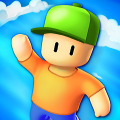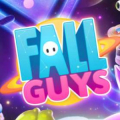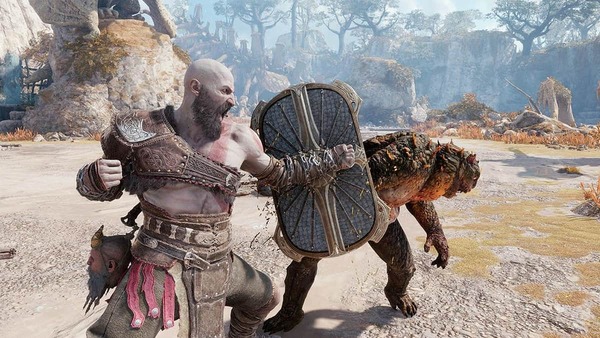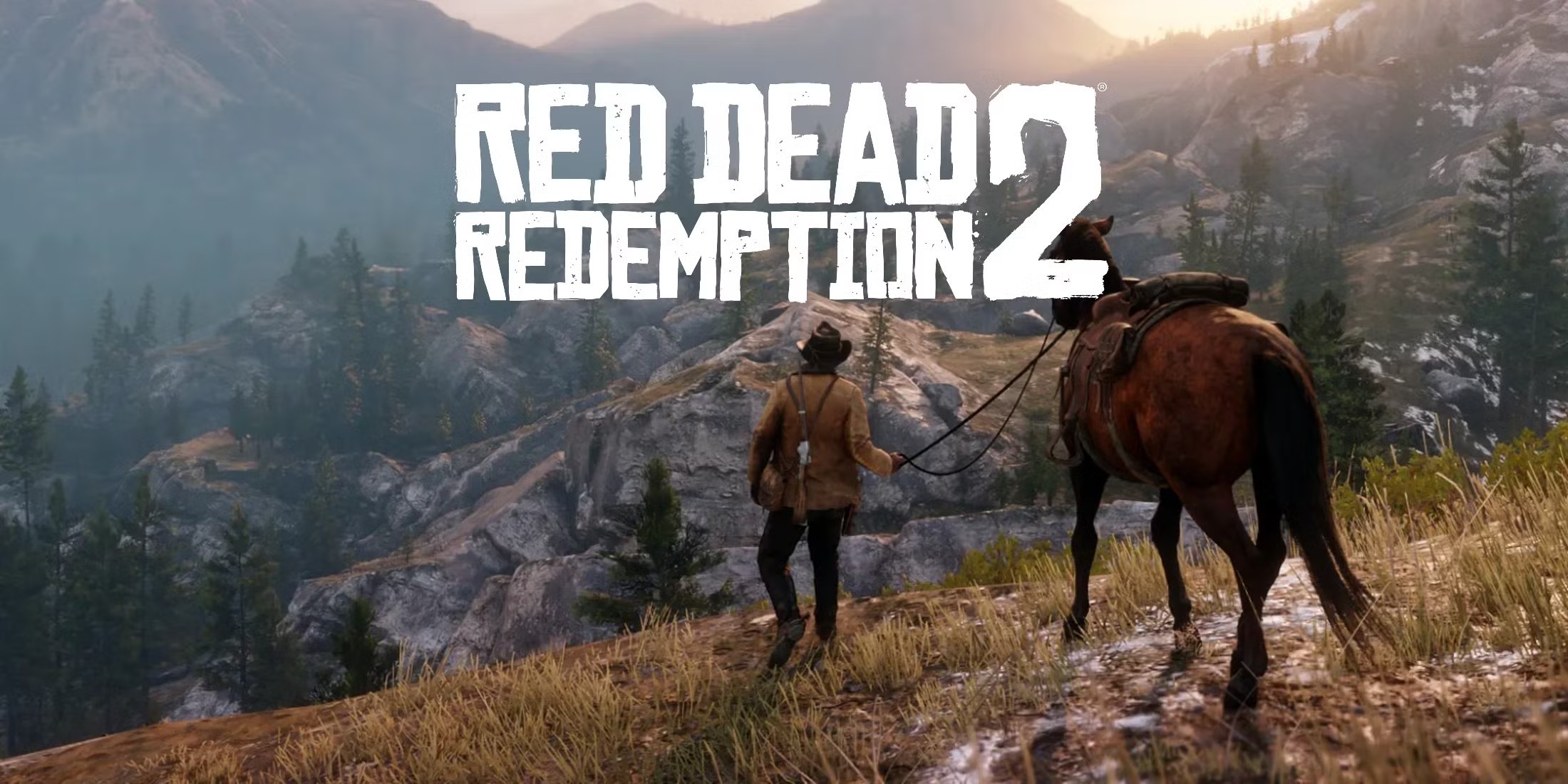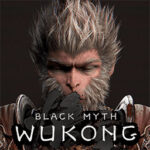Popular Now
Introduction
Gacha Club is beloved by millions of players for its extensive customization and storytelling capabilities. From anime-inspired hairstyles to full control over character poses, the game allows players to construct elaborate visual narratives. Yet for all its visual creativity, Gacha Club suffers from one crucial shortcoming: the limited range of emotional expressions. This subtle but significant problem becomes especially apparent when creators attempt to convey drama, tension, romance, or humor through their scenes.
In this article, we will explore how Gacha Club’s static expression system limits the emotional range of characters, how it affects story pacing and viewer engagement, and what solutions creators and modders have explored to address this challenge.
1. The Role of Emotion in Gacha Storytelling
One of the reasons Gacha Club gained a strong community base was its ability to help players tell stories. Many Gacha YouTubers built massive followings with emotionally rich, character-driven plots. However, conveying emotions visually is critical to storytelling—and that’s where the system begins to falter.
Static expressions (such as “happy,” “sad,” “angry”) are the backbone of character interaction in Gacha Club. But with no dynamic transition system, these expressions can feel flat or repetitive over time.
Lack of transition
Gacha Club doesn’t offer animation or blending between expressions. Unlike visual novels or animated apps, where expressions can morph or change gradually, Gacha Club requires users to switch between rigid presets.
2. Analyzing the Expression System
Gacha Club includes roughly 24 facial expressions per character, divided into:
-
Eye shapes (angry, sad, surprised, etc.)
-
Mouth types (smile, frown, open mouth)
-
Face accessories (blush, tears, scars)
This range sounds generous, but in practice, the combinations are limited by their rigid structure.

Example of expression types
-
Eye presets: 20+
-
Mouth presets: 15+
-
Accessories: 10+
The problem is that users cannot animate these expressions or use in-between emotions such as “awkward happiness” or “reluctant sadness.”
3. The Repetitive Nature of Static Emotion
Once you create a scene in Gacha Club, you’re locked into choosing a fixed expression per frame. This leads to repetition across scenes, especially in dialogue-heavy stories.
In longer projects (multi-episode Gacha series), fans begin to notice that characters repeat the same smiles, frowns, or shocked faces. This hurts immersion and weakens emotional pacing.
Narrative flatness
Because emotional highs and lows aren’t visually distinct, scenes that are meant to be intense or moving may fall flat. There’s no “emotional buildup” in facial reactions.
4. Emotional Subtext and the Problem of Inflexibility
Real human emotion is complex. A character might smile while hiding sadness or cry while laughing. Gacha Club’s expression system doesn’t support these nuanced emotions.
This becomes a problem for creators who want to explore themes like mental health, relationships, or betrayal. They are forced to either:
-
Oversimplify emotions
-
Use external editing apps
-
Rely solely on dialogue
Limitations in psychological storytelling
Gacha Club’s rigidity makes it difficult to convey psychological tension or mixed emotions visually—critical in deeper narratives.
5. How It Impacts Dialogue-Heavy Projects
Gacha mini-movies and series often include long dialogue sequences. Since there’s no voice acting or lip sync, facial expressions carry the entire weight of emotional communication.
However, since the expressions don’t evolve during the conversation, scenes often appear static. This can cause:
-
Visual boredom
-
Poor pacing
-
Reduced emotional impact
Common viewer feedback
Fans often comment on how “samey” expressions feel, especially in multi-character discussions.
6. Creator Reactions and Frustrations
Many Gacha content creators have spoken out about this limitation on social media and YouTube. Some admit they feel “creatively stuck,” while others rely heavily on external editing tools to overcome the lack of emotional variety.
Quotes from creators
-
“I wish there was a way to animate blinking or slight frowns.”
-
“I end up using the same 4 expressions for every emotion.”
-
“It makes serious scenes feel goofy.”
7. Workarounds Using Editing Tools
To address this issue, experienced creators use apps like:
-
IbisPaint X
-
Photoshop
-
CapCut or Alight Motion
They manually add:
-
Blinking
-
Mouth movements
-
Animated expressions
This process is time-consuming and not beginner-friendly, but it significantly enhances emotional realism.
The layered editing technique
By exporting multiple versions of the same character with different facial states, editors can animate changes over time in video editing apps.
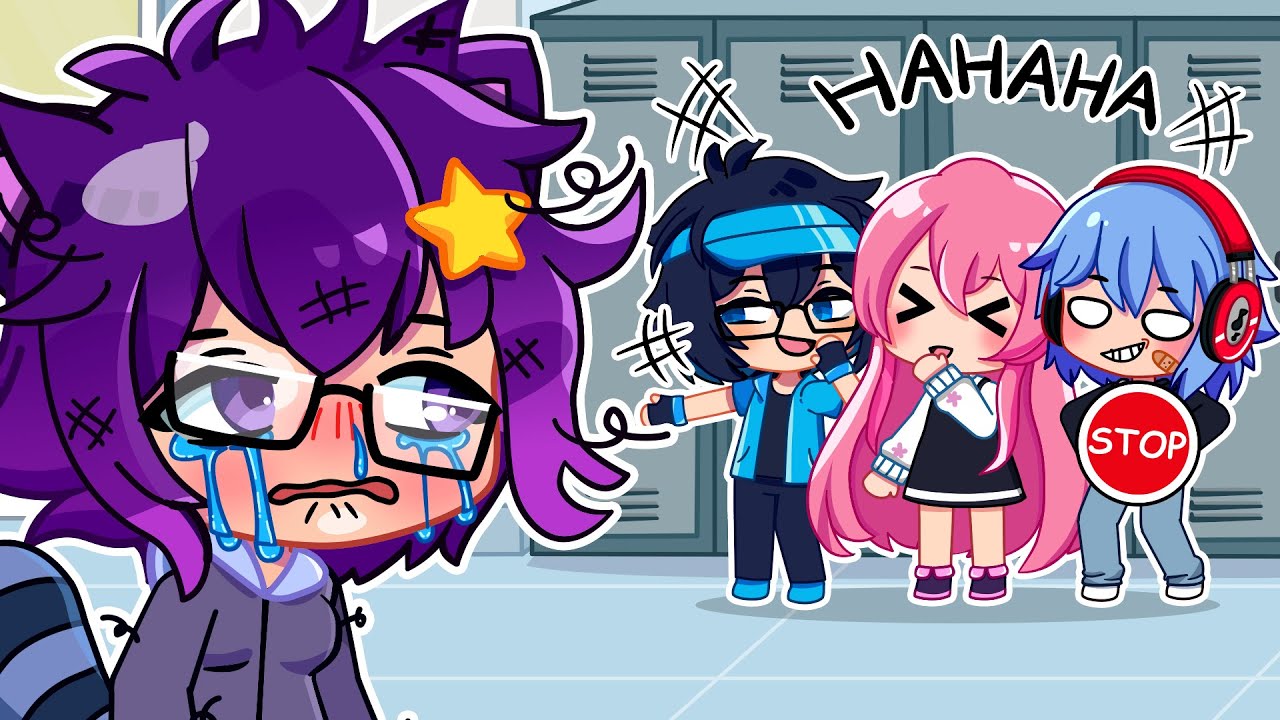
8. Mods That Add Dynamic Expression Support
Just like with the layering issue, the modding community stepped in. Mods like:
-
Gacha Redux
-
Gacha Glitch
-
Gacha Animator
These mods allow for more expression slots, animation frames, or even tweening (gradual change between expressions). However, these solutions:
-
Are not official
-
May crash on weak devices
-
Have a learning curve
Popular mod features
-
Frame-by-frame expression change
-
Additional emotion presets
-
Imported animated eye/mouth parts
9. Suggestions for Future Versions
To truly solve the issue, Lunime or future developers could implement:
-
Emotion sliders (e.g., “neutral → smile → laugh”)
-
Blend modes for eye/mouth combinations
-
Simple tweening animations for expression transitions
These would allow creators to control the intensity of emotion, and offer more variation with less repetition.
Suggested UI improvements
-
“Expression timeline” for scenes
-
“Emotion blending” with drag-to-adjust
-
“Mood profiles” for characters
10. The Importance of Emotional Variety in User Retention
Emotional storytelling is at the heart of why Gacha Club content thrives. Stories with rich emotional arcs keep viewers engaged and creators motivated. If expression tools remain limited, creators may burn out or move to other platforms that allow greater visual storytelling.
Improving expression capabilities is more than a quality-of-life feature—it’s essential to the creative health of the community.
Conclusion
While Gacha Club offers extraordinary creative freedom in character design and scene building, its emotional expression system remains rigid and outdated. This limitation undermines deep storytelling, flattens emotional pacing, and frustrates even the most dedicated creators. Through external editing, mods, and hard-earned workarounds, the community finds ways to overcome these barriers—but the demand for native, dynamic expression tools continues to grow.
If Gacha Club 2 or future updates embrace emotional fluidity through new expression mechanics, they could unlock a new golden age of Gacha storytelling. Until then, creators must continue to innovate and adapt, proving once again that creativity often finds a way—despite the constraints.



